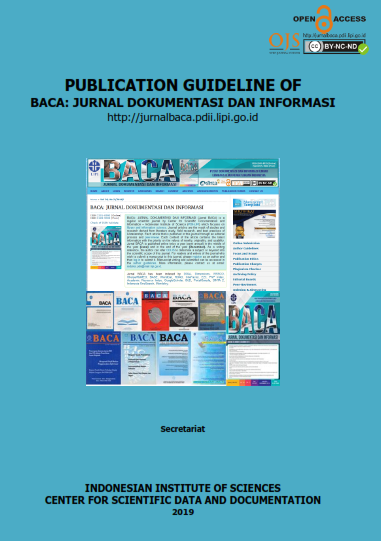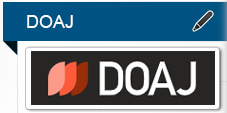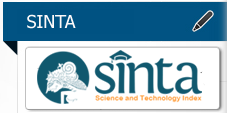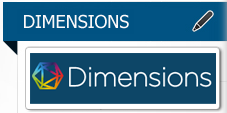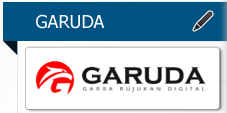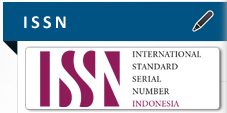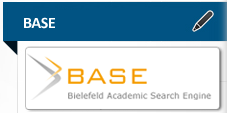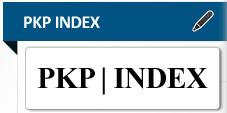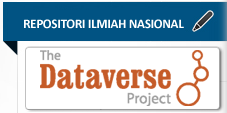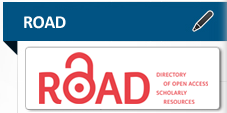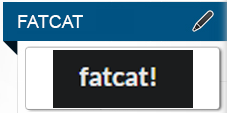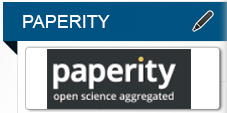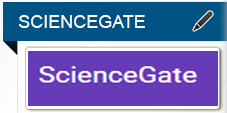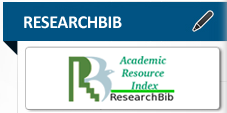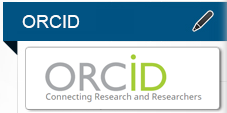PENGUJIAN COGNITIVE WALKTHROUGH ANTARMUKA PERPUSTAKAAN DIGITAL (E-LIBRARY) PUSAT DOKUMENTASI DAN INFORMASI ILMIAH – LIPI (PDII-LIPI)
Abstract
Interface design has a significant role towards the successful of digital librarys application use. Digital libraryservices developed by Centre for Scientific Documentation and Information - Indonesian Institute of Sciences (PDII-LIPI) has yet to be evaluated. This research analyzed the design of the web interface of PDII-LIPI’s digitallibraries using the method of cognitive walkthrough (CW). The aim of the research is to identify user constraints inusing PDII-LIPI’s digital libraries. Object of this study are three menus in digital library web interface that is “KaryaIlmiah Indonesia”, “Buku Elektronik”, and “Jurnal Indonesia (ISJD)”. CW testing parameters for PDII-LIPI’s digitallibrary interface consists of the successful completion of the task, and the effectiveness of the task. The successfulcompletion of the task was assessed by comparing the standard time with task completion time by respondents. Effectiveness accessed based on the processing time of each stage and the number of mistakes made by therespondent. The test results showed that all respondents successfully completed the task with the time that goesbeyond the standard set time. The analysis was conducted on all test results indicate that the obstacles faced byusers in general are finding menu of “E-Library”, specify the search facility is used, and searching the articles.
Keywords
Full Text:
PDFReferences
Brinck T, Gergle D, and Wood SD. 2002. Designing website that work usability for the web. California, USA: Academic Press.
Cherry, Joan M. and Duff, Wendy M. 2002. Studying digital library users over time: A Follow-up survey of Early Canadiana Online. Information Research, 7 (2), Januari. http://informationr.net/ir/7-2/paper123.html (Diakses 13/6/2012).
Galitz W.O. 2002. The Essential guide to user interface design. Canada, USA: John Wiley & Sons, Inc.
Jacobsen N and John B. 2000. Two case studies in using cognitive walkthrough for interface evaluation. Pittsburgh, Philadelphia: Human Computer Interaction Institute, School of Computer Science, Carnegie Mellon University. http://reports-archive.adm.cs.cmu.edu/anon/2000/CMU-CS-00-132.pdf. (Diakses 14/11/2013).
Koehler, W. 1999. Digital libraries and world wide web sites and page persistence. Information Research, 4 (4), July. http://informationr.net/ir/4-4/paper60.html. (Diakses 5/6/2012).
Lewis C., Polson P., Wharton C., and Rieman J. 1990. Testing a walkthrough methodology for theory based design of walk-up-and-use interface. In Proceeding of ACM CHI’90 Conference, New York: 235-242.
Ling C. 2005. Advances in heuristic usability evaluation method, Dissertation. Ann Arbor: ProQuest Information and Learning Company.
Sub.Bidang Perpustakaan PDII-LIPI. 2013. Pemanfaatan jasa perpustakaan PDIILIPI (Tahun 2004-2013): Laporan Layanan. Jakarta: PDII-LIPI
Nielsen J. 1994. Usability Engineering. California, USA: Academic Press.
Ibid. 2000. Why you only need to test with 5 user. http://www.nngroup.com/articles/why-you-only-needto-test-with-5-users/ (Diakses 12/9/ 2013).
PDII-LIPI. 2010. Bibliotainment. http://elib.pdii.lipi.go.id. (Diakses 5/5/2011).
Pendit, P.L. 2005. Perpustakaan digital: Perspektif perpustakaan perguruan tinggi Indonesia. Depok: Perpustakaan Universitas Indonesia.
Rauterberg M. 2006. Usability engineering evaluation method. http://www.idemployee.id.tue.nl/g.w.m.rauterberg/lecturenotes/JFS-lecture/JFS-USI-primer-8.pdf (Diakses 5/7/2011).
Ruttkay Z. and Akker R. 2008. Affordances and cognitive walkthrough for analyzing human-virtual human interaction. Verbal and Nonverbal Features of Human-Human and Human-Machine Interaction, Lecture Notes in Computer Science. 5042: 90-106.
TechSmith Coorporation. 2002. Camtasia studio & Camtasia: Mac. http://www.techsmith.com/download/camtasia/ (Diakses 5/7/2011).
Thong J.Y.L. 2002. Understanding user acceptance of digital libraries: What are the roles of interface characteristics, organizational context, and individual differences? Int. J. Human-Computer Studies. 57: 215–242.
Tullis T and Albert B. 2008. Measuring the user experience: Colleccting, analyzing, and presenting usability metric. Burlington: Morgan Kaufmann Publishers.
Wang X. 2008. Design and evaluation of intelligent menu interface through cognitive walkthrough procedure and automated logging for management information system. 11th International Conference, CSCWD 2007, Melbourne, Australia, April 26-28, 2007. Revised Selected Papers. http://
download.springer.com /static/pdf/614/chp%253A10.1007%252F978-3-540-92719-8_37.pdf?auth66= 1386214326_4c16eee6e15f1647052c4b7f36bd9297&ext=.pdf (Diakses 21/11/2013).
DOI: https://doi.org/10.14203/j.baca.v35i1.184
Copyright (c) 2014 BACA: Jurnal Dokumentasi dan Informasi











